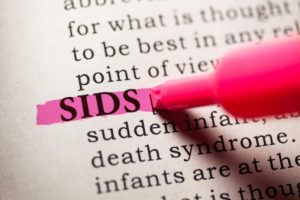 Dyslexia is a language-based, learning disability that affects approximately 15% of the population living in the United States. It is the most common learning disability in the country.
Dyslexia is a language-based, learning disability that affects approximately 15% of the population living in the United States. It is the most common learning disability in the country.
People who are dyslexic find it difficult to read because they are unable to properly identify speech sounds and learn how they relate to letters and words. They often have difficulty with writing, math and comprehension as well.
Dyslexia is a lifelong disability that cannot be cured. However, an individual can overcome its many challenges when early intervention and specialized education approaches are applied.
The exact cause of dyslexia is unknown; however, the condition tends to run in families. In addition to genetics, there are other factors attributed to dyslexia; they include:
- Premature birth or a low birth weight
- Exposure to substances such as nicotine, alcohol or illegal drugs during pregnancy
Symptoms and signs of dyslexia vary with each individual. They may experience the following:
- Difficulty forming words correctly –they may reverse the sound in words or confuse words that sound alike
- Late speech
- Difficulty remembering or naming colors , letters and numbers
- Reading well below average
- Difficulty playing rhyming games or learning rhyming songs
- Problems with math or spelling
- Difficulty following directions
- Disinterest in books
- Difficulty remembering details
- Trouble understanding puns and idioms
- Difficulty telling right from left
- Difficulty understanding the concept of time
A significant number of children with dyslexia go undiagnosed because symptoms are not recognized. Many children who are undiagnosed, struggle in school and grow up to be adults who are unaware that they have dyslexia; therefore, it is very important for parents to note warning signs and seek assistance from a specialist. In most cases, a diagnosis of dyslexia is determined by a licensed educational psychologist after completing a series of evaluations.
All content of this newsletter is intended for general information purposes only and is not intended or implied to be a substitute for professional medical advice, diagnosis or treatment. Please consult a medical professional before adopting any of the suggestions on this page. You must never disregard professional medical advice or delay seeking medical treatment based upon any content of this newsletter. PROMPTLY CONSULT YOUR PHYSICIAN OR CALL 911 IF YOU BELIEVE YOU HAVE A MEDICAL EMERGENCY.









